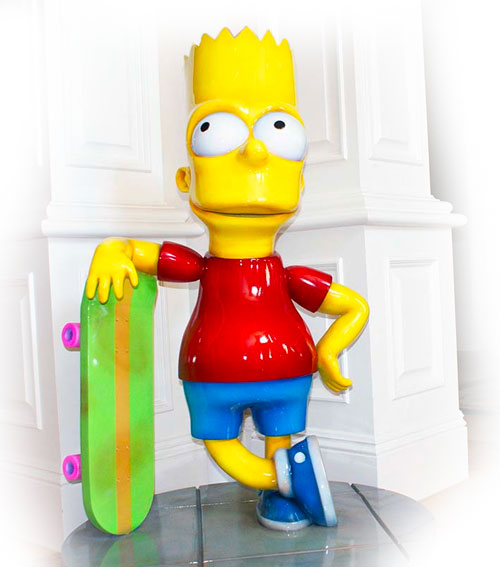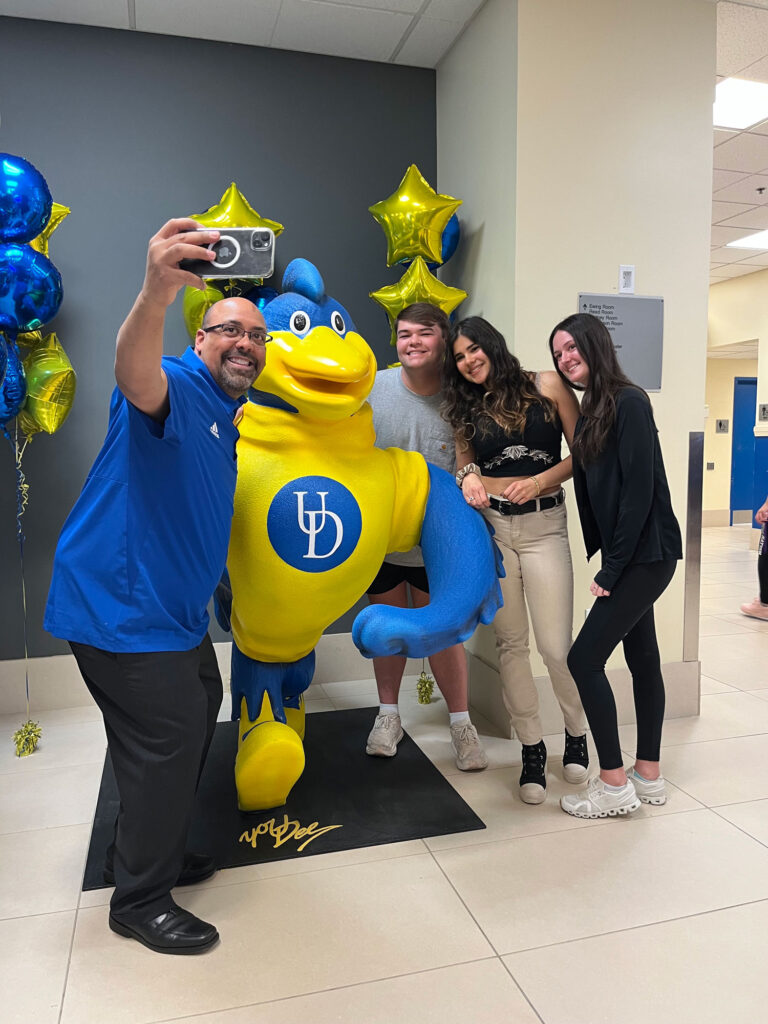College Basketball Mascots
We create 3D college basketball mascots.
Table of Contents
Behind the Buzzer: The Mascot Magic in College Basketball
The exuberant world of college basketball is not just about swift passes, slam dunks, and buzzer-beaters. Beyond the limelight of star players and strategic coaches, there’s a theatrical world bubbling with emotion, pride, and spirited energy – the world of mascots. These endearing, sometimes fierce, and often humorous characters, decked out in vibrant school colors, play an integral role in setting the tone of every match, whipping crowds into frenzies, and embodying the heart and soul of their institutions.
Mascots aren’t just sideline attractions; they are the silent heroes that channel the collective spirit and passion of an entire institution, its students, alumni, and fans. From their antics on the court to the traditions they uphold, they’re there at every game, rain or shine, win or lose, offering a constant symbol of unity and enthusiasm. Their dance routines, crowd interactions, and playful jests with rivals create unforgettable moments that often outshine even the most exciting plays of a game. Every jump, wave, and dance move they make radiates an energy that binds everyone in a collective euphoria.
In essence, while the players strategize and compete, mascots are tirelessly working to keep spirits high and ensure that every game is more than just a contest of scores; it’s an experience, a memory, a story that remains etched in the hearts of fans for years to come. They are the unsung champions of morale, the guardians of school spirit, and the animated essence that turns a game into a spectacle.
Historical Evolution of College Basketball Mascots
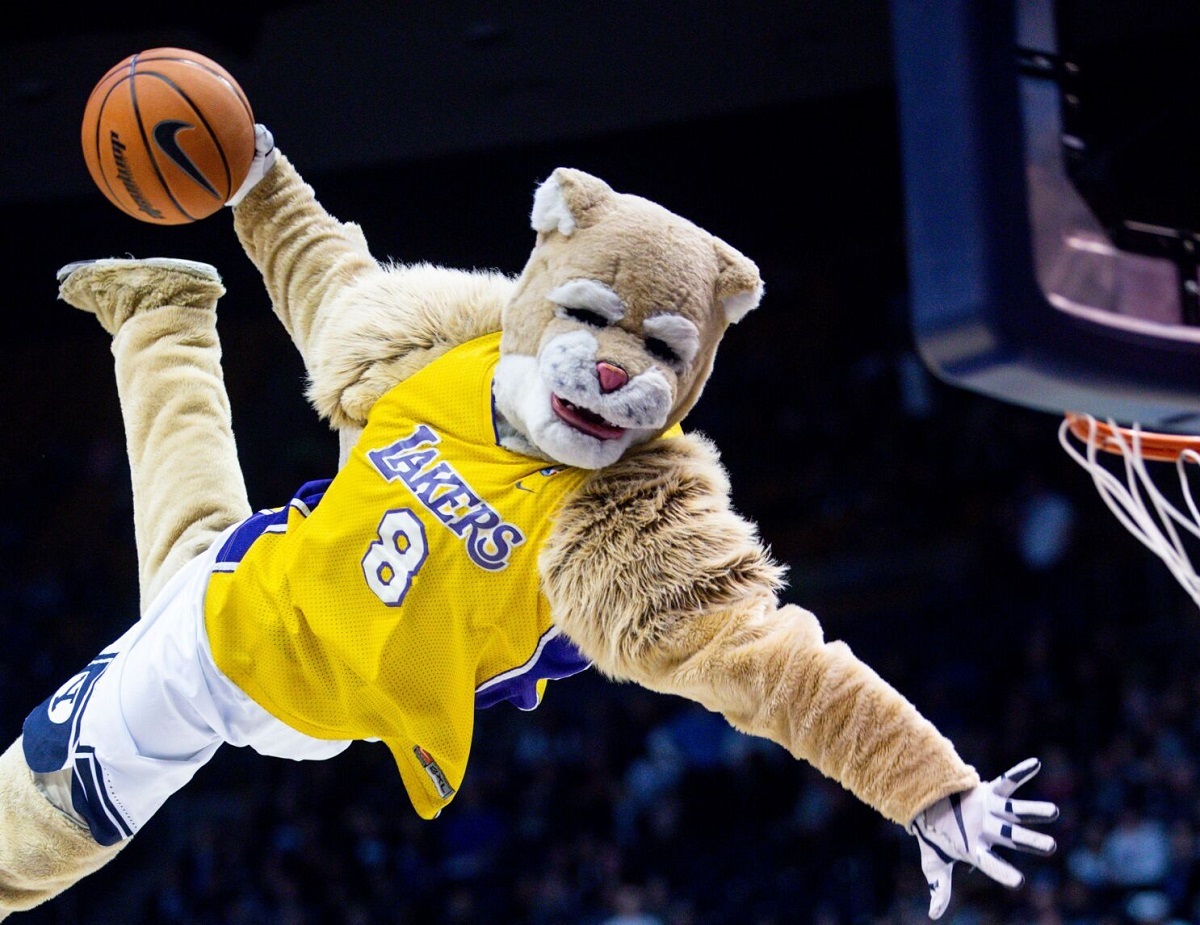
The storied tradition of college mascots, though now deeply ingrained in basketball culture, had humble beginnings. Long before flashy LED scoreboards and high-definition televised games, there were symbols – icons that would go on to become the very essence of college identity. These symbols, often in the form of animals, warriors, or mythical creatures, weren’t just mere representations; they were carefully chosen emblems of the school’s heritage, local culture, and aspirations.
The Beginnings
The genesis of the mascot tradition can be traced back to the late 19th and early 20th centuries. It was a period when colleges and universities were keen on establishing unique identities. Looking to resonate with, rally, and sometimes even strike a hint of trepidation into the hearts of opponents, institutions selected animals or figures that portrayed strength, tenacity, and unyielding resilience. From fierce lions to soaring eagles, these mascots became manifestations of the school’s character and ambition.
From Real to Reel: The Transition to Live Mascots
What’s fascinating is the era when these mascots were very much alive and breathing. Schools like Yale showcased their pride with ‘Handsome Dan’, a real bulldog, while the University of Texas paraded with ‘Bevo’, a majestic longhorn steer. These live animals were not just symbols; they were star attractions, drawing as many admirers as the games themselves. However, as the years progressed, practical challenges combined with ethical considerations led to a shift. Live animals began to be phased out, replaced instead by enthusiastic students donning intricate costumes, bringing the same fervor and passion to the games.
Modern Incarnations and Their Impact
As college basketball began its ascendancy, reaching a broader audience and carving a significant niche in American sports culture, the role and representation of mascots evolved in tandem. The 21st century heralded a new era of mascots. No longer were they just sideline attractions; they became central to the game’s spirit. With more detailed backstories, revamped designs, and a heightened focus on fan interaction, mascots transformed from static symbols to dynamic performers. Their personas were enriched, offering more than just a face; they narrated tales of bravery, perseverance, and school lore.
Over time, mascots have become more than just cheering figures; they’re history keepers, storytellers, and essential players in the grand theater of college basketball. Their evolution mirrors the journey of the sport itself, from simple beginnings to a modern-day spectacle that captivates millions.
Celebrating Icons: A Spotlight on Legendary College Basketball Mascots
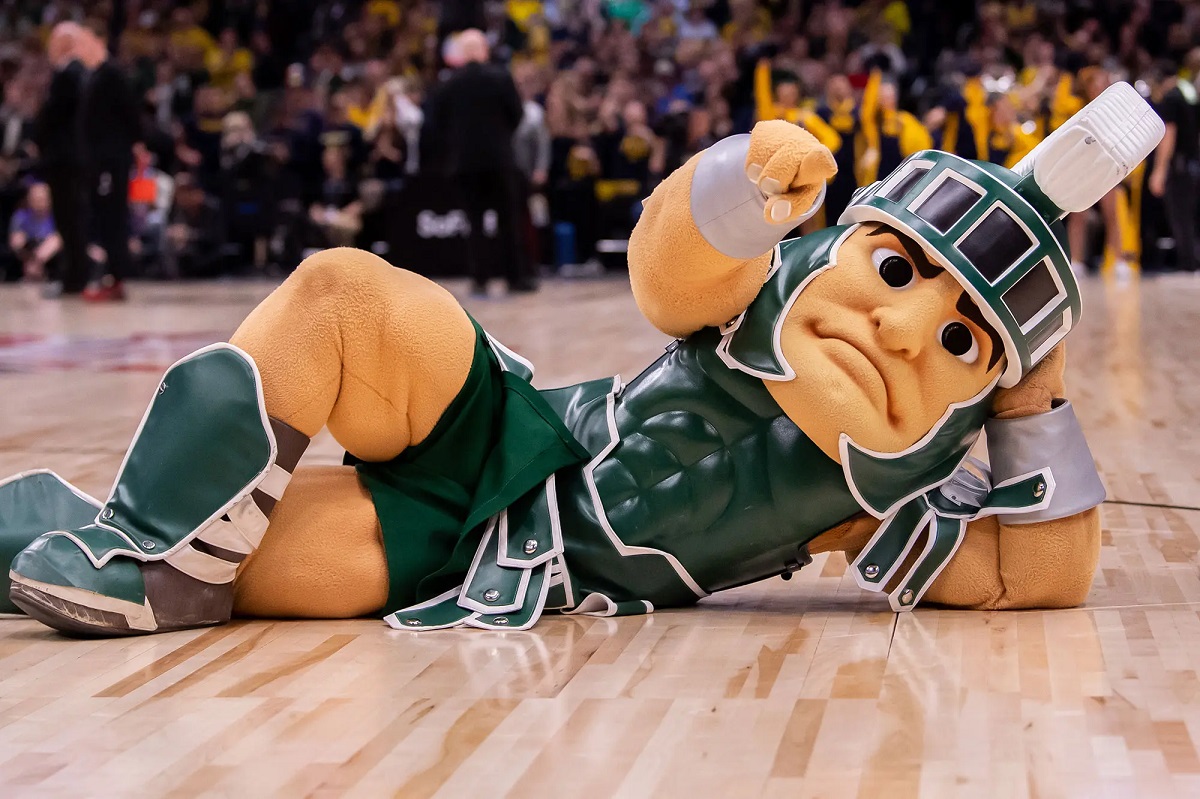
Throughout the rich tapestry of college basketball history, there have been players whose skills, tenacity, and charisma have left an indelible mark on the court. Parallel to these athletes, in the spirited realm of cheering crowds and vibrant arenas, stand some legendary mascots. These characters, over time, have grown to symbolize much more than just their respective schools; they’ve become icons of the game itself, transcending regional boundaries and earning adoration on a national, and at times, global stage. Here’s an homage to a few such legends, weaving the fabric of college basketball’s mascots vibrant lore:
Sparty, Michigan State University: More than just a mascot, Sparty is a cultural phenomenon in East Lansing. This muscular, towering figure not only represents Michigan State on game days but has also become an emblem of the resilience and fighting spirit inherent to the Spartans. His impressive physique combined with his approachable demeanor makes him a fan favorite, whether he’s pumping up the crowd at the Breslin Center or participating in community events.
Rameses, UNC-Chapel Hill: The regal ram of North Carolina, Rameses boasts a lineage that intertwines deeply with Tar Heel folklore. Born from a tribute to a star player known for his “battering ram” tactics, Rameses has since become synonymous with UNC-Chapel Hill’s commitment to excellence both on and off the court. Whether it’s his majestic horns or the blue and white he proudly dons, Rameses stands as a beacon of pride for the entire Tar Heel community.
The Blue Devil, Duke University: Rooted in history, the Blue Devil is not just a playful sideline entertainer; he’s a nod to Duke’s rich past. The moniker “Blue Devils” was inspired by the French “les Diables Bleus,” a nickname for Alpine troops during World War I. Over the decades, this mascot has grown in stature and popularity. Today, the sight of the Blue Devil, with his captivating dance moves and unwavering support for his team, is as much a part of the Cameron Indoor Stadium experience as the basketball itself.
The legacy of these mascots is a testament to the power of symbolism in sports. They aren’t mere figures; they’re embodiments of history, passion, and the unwavering spirit of college basketball. Each time they step onto the court, they not only cheer for their teams but also bring to life tales of yesteryears, triumphs, and traditions, making the game an immersive experience for all who witness it.
The Marketing Marvel: How Mascots Shape College Basketball's Brand Landscape
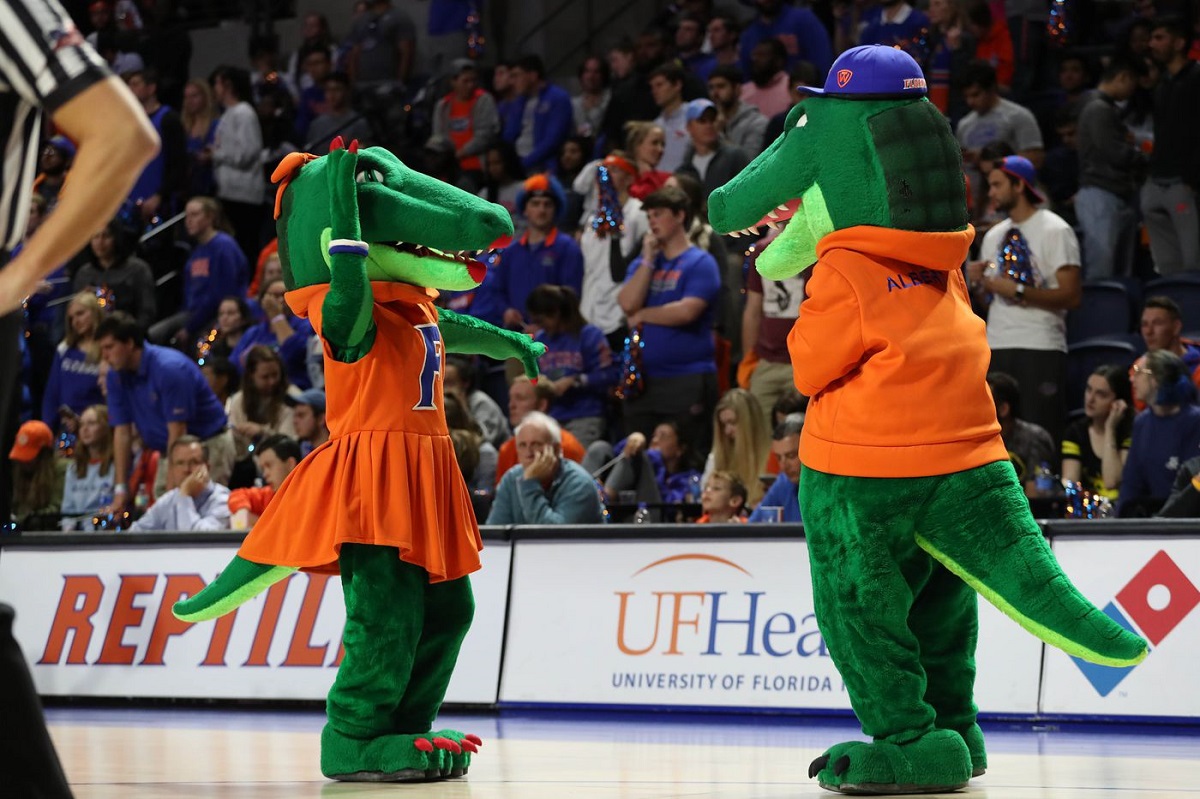
In the dynamic world of sports marketing, where branding is paramount, and connection with fans is gold, college basketball mascots hold a unique and influential position. More than just spirited cheerleaders for their teams, these mascots are, in many ways, the unsung marketers, connecting the past, present, and future of their institutions. They not only light up arenas with their charisma but also ignite a fervor that reverberates through merchandise sales, community engagements, and brand identity. Here’s a deeper dive into the multifaceted marketing impact of these animated icons:
Building an Unforgettable Brand
Mascots serve as the face and soul of their respective colleges. Think about the Florida Gators, and the imagery of ‘Albert and Alberta‘, the beloved gator mascots, immediately springs to mind. These characters become synonymous with their institutions, acting as living logos. Their distinct identities – from their color palettes to their signature moves – play a vital role in creating a memorable and enduring brand presence in the minds of fans, students, and alumni.
Merchandising Mavericks
The appeal of mascots extends far beyond the basketball court. They dominate the retail space as well. Walk into any college bookstore, and you’re bound to see a plethora of merchandise adorned with mascot imagery – from T-shirts and caps to coffee mugs and keychains. These items, bearing the likeness of the mascot, aren’t just souvenirs; they’re a statement of allegiance. Moreover, the revenue generated from such sales often gets channeled back into the university, funding various programs and initiatives, making mascots silent contributors to academic growth.
Community Connectors
One of the most understated roles of mascots is their ability to engage and foster relationships within the community. Outside the cacophony of game days, mascots often step out into the real world, visiting schools, hospitals, and local events. Their presence not only brings joy and lightens the atmosphere but also strengthens the bond between the institution and its local community. It’s a way for the university to give back, with the mascot acting as the bridge, solidifying the relationship and ensuring a continuous flow of goodwill and support.
Digital Dynamos
In today’s digital age, mascots have found a new playground: social media. They’re no longer restricted to physical arenas. Through carefully curated posts, engaging challenges, and viral dance routines, mascots are reaching out to a global audience, amplifying their institution’s presence on platforms like Instagram, TikTok, and Twitter. This digital shift not only enhances the school’s visibility but also attracts a new generation of fans, students, and potential athletes.
In essence, while mascots might seem like just spirited entertainers, their contribution to the marketing and branding ecosystem of college basketball is immense. They weave tales, build bridges, and most importantly, keep the heart of their institutions beating, resonating with every cheer, dance, and wave.
Gazing Ahead: Predicting the Future of College Basketball Mascots
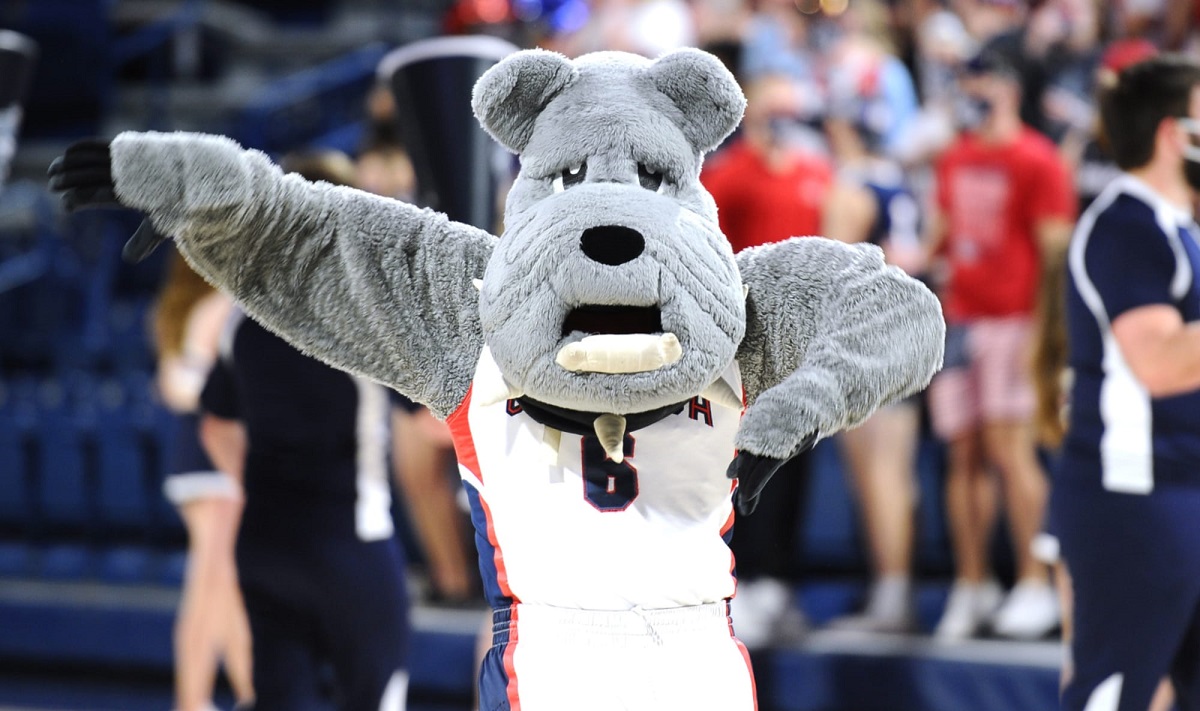
Peering into the kaleidoscope of college basketball’s future, the role of mascots presents intriguing possibilities. While it’s certain they will remain a staple of college sports culture, the very essence of what a mascot represents and how they interact with audiences may undergo significant transformations. As technology advances, cultural perspectives shift, and the world of sports marketing evolves, what might the horizon hold for these beloved characters? Here’s a speculative look into the future of mascots:
Digital Domination and Virtual Realities
The onset of digital technologies and virtual reality platforms may soon usher in a world where mascots leap off the court and into the virtual realm. Imagine donning VR goggles and getting a courtside pep talk from your favorite mascot or even walking alongside them in a virtual campus tour. The blend of augmented and virtual realities could provide immersive experiences, deepening fans’ connections to their teams and universities.
Interactive Experiences
With advancements in AI and robotics, the future may behold mascots that can engage with fans on a more personal level. Picture a world where mascots, through AI integrations, can recognize returning fans, remember their names, or even recall past interactions. Such tailored experiences could revolutionize fan engagement, making every game not just a spectator event, but a personalized encounter.
Evolving Personas and Greater Representation
As society grows more diverse and inclusive, mascots too might undergo transformations to better reflect the values and demographics of their institutions. Universities could reassess their mascots’ backstories, appearances, or even origins, ensuring they resonate with a broader audience and uphold contemporary societal ideals. This shift would not only make mascots more relatable but also champions of inclusivity and representation.
Eco-Friendly Mascot Initiatives
With a growing emphasis on sustainability, it’s conceivable that mascots will play a role in promoting eco-friendly initiatives. Mascots might be seen donning costumes made from sustainable materials or leading campaigns about reducing the carbon footprint at games. They could become the standard-bearers for green initiatives, aligning the spirit of sports with the vital cause of environmental conservation.
Greater Integration in Academic Life
Beyond basketball, the mascots of the future might play a more substantial role in the academic aspects of university life. They could be integrated into orientation programs, serve as symbols for academic excellence, or even feature in e-learning modules, making the learning experience more engaging and interactive.
As college basketball charts its journey into the future, mascots will likely remain at its heart. However, the contours of their roles, appearances, and interactions may morph, adapting to the changing times and technological advancements. What’s certain is that they will continue to be beacons of pride, unity, and spirit, ensuring the magic of college basketball remains undiminished.
Unsung Champions: The Mascots Behind the Scenes
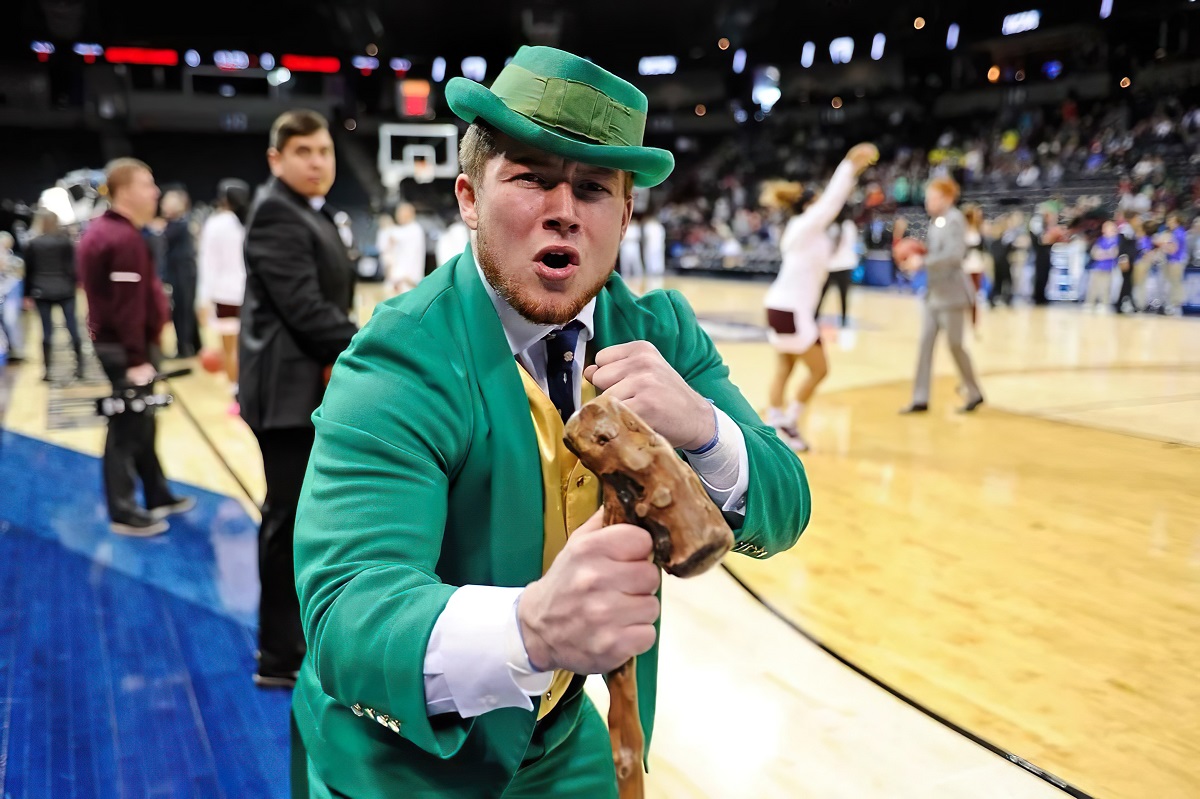
When the crowd roars, and the stadium lights cast their bright gleam on the basketball court, it’s easy to get lost in the frenzy of the game itself. We marvel at the athletes, their agility, and their sheer prowess. Yet, as the game unfolds, there’s another set of performers weaving an equally compelling narrative on the sidelines. These are the mascots, the embodiments of school spirit and fervor, often overlooked but vital to the college basketball experience.
Beyond the Costume
Beneath the vibrant layers of fabric and foam lies the heart of a dedicated individual, often a student, whose passion and commitment bring the mascot to life. This isn’t just about donning a costume. It’s about channeling the essence of a college, its history, traditions, and aspirations, and reflecting it all with every dance step, gesture, and pose. For these individuals, becoming the mascot is an honor and a responsibility, as they become the living, breathing emblem of their institution.
Endurance and Dedication
It’s easy to forget that behind those exaggerated smiles or fierce facades, there’s real physical effort. Balancing in cumbersome outfits, staying energetic throughout a game, and keeping the crowd engaged demands both physical stamina and emotional resilience. Rain or shine, win or lose, these mascots ensure that the spirit never wanes. Their unwavering dedication ensures that fans remain optimistic, hopeful, and most importantly, united.
Guardians of Tradition
Mascots are more than just entertainers; they are the keepers of college legacies. They reenact rituals, uphold long-standing traditions, and often serve as the bridge connecting alumni to their cherished memories. For freshmen, the mascot becomes an introduction to the college’s spirit, and for graduates, a nostalgic reminder of days gone by.
The Emotional Connect
Mascots have an uncanny ability to tap into the emotional core of fans. Their antics can bring laughter in tense moments, their dance routines can uplift spirits, and their presence alone can be a comforting constant in the ever-changing dynamics of a game. In essence, they are the emotional anchors, ensuring that no matter the score, the spirit remains undefeated. See our Top 10 College Basketball Mascots.
In the grand theater of college basketball, while players and coaches might take center stage, mascots play a pivotal role behind the scenes. They are the unsung heroes, working tirelessly, spreading joy, and ensuring that every game transcends scores and statistics to become a truly memorable experience.
Conclusion
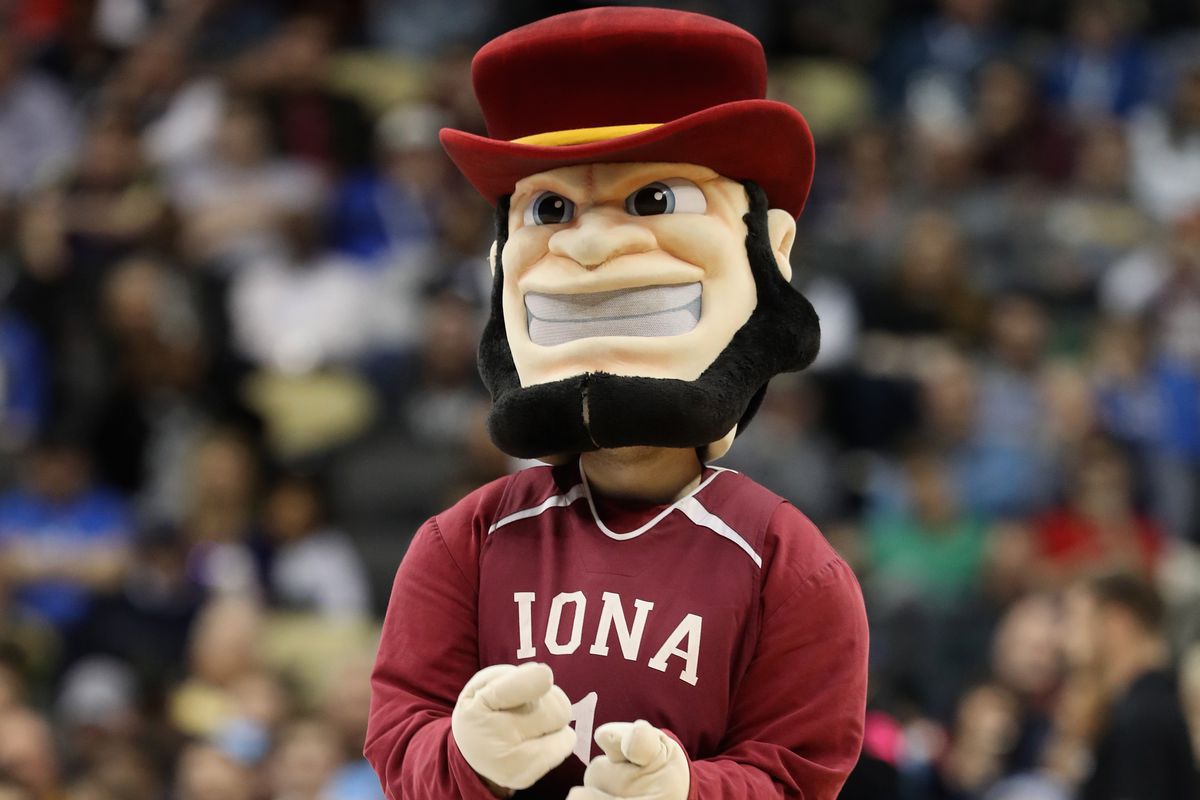
In the expansive cosmos of college basketball, where every dribble resonates with hopes and every shot echoes with dreams, mascots stand as the unyielding pillars of emotion, history, and tradition. They are not mere side entertainers, but the very soul of an institution, binding past legacies with present aspirations, and crafting moments that, years later, still manage to elicit smiles, nostalgia, and heartwarming pride. Their actions might be perceived as jests, their dances as simple routines, but in the grand tapestry of college sports, they are profound symbols, illustrating stories richer than the game’s scoreboard.
As the final whistle blows and the floodlights fade, long after the cheers have settled and the crowd disperses, the essence of mascots lingers on. They immortalize the spirit of competition, camaraderie, and community. Every university has its star players and legendary coaches, but only one mascot — a unique emblem that captures its ethos and essence. So, the next time you find yourself in the throes of a thrilling college basketball game, spare a moment to appreciate the mascot. Celebrate the heart that beats beneath the costume, the tradition it upholds, and the unspoken but deeply felt connection it fosters among fans, alumni, and students. In the annals of college basketball, mascots are the unsung balladeers, serenading tales of passion, pride, and unbreakable spirit.
FAQ Section: Delving Deeper into the World of College Basketball Mascots
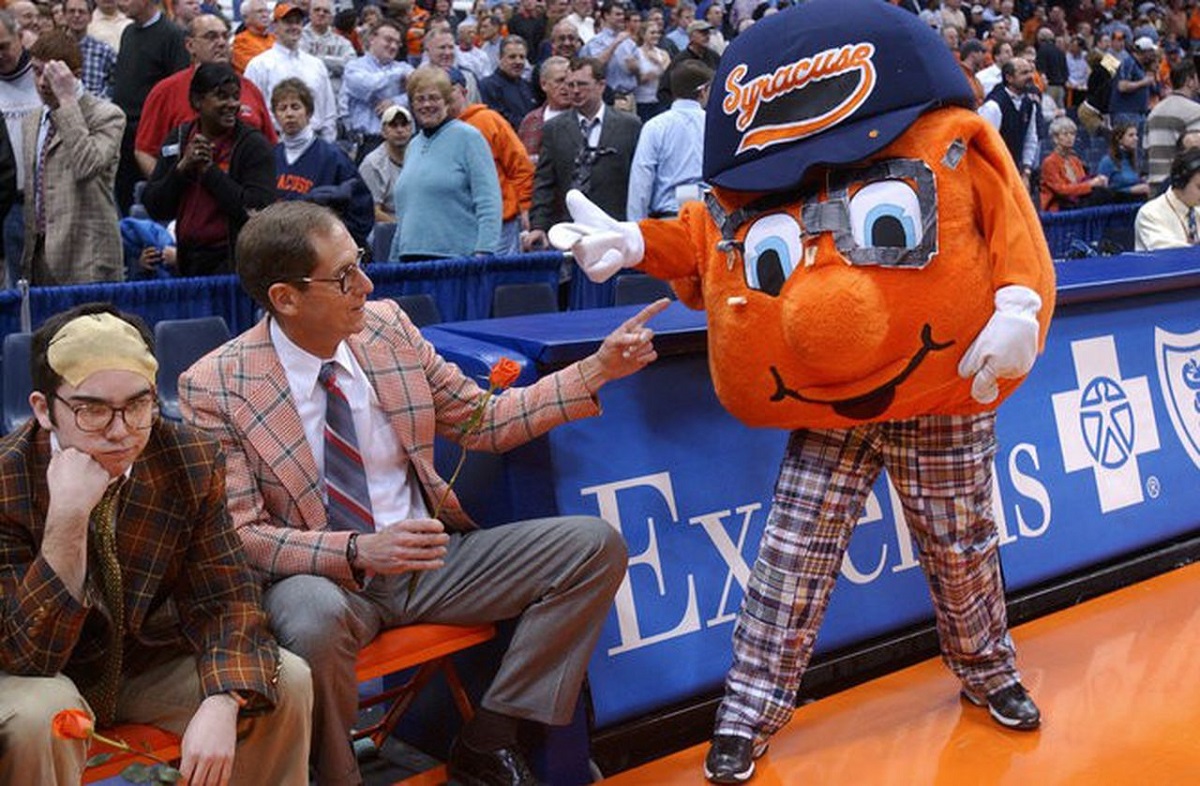
1. Who typically portrays college basketball mascots during games? College students, often from the cheerleading or spirit squad, usually portray the mascots. These students undergo auditions and training to capture the mascot’s essence and energy.
2. Why do colleges place such importance on their basketball mascots? Mascots serve as symbolic representatives of the college’s spirit, history, and traditions. They engage with the audience, boosting morale and creating memorable moments that enhance the game experience.
3. Have any mascots ever been controversial or faced calls for change? Yes, some mascots have faced criticism for perpetuating stereotypes or being culturally insensitive. As a result, several institutions have reevaluated, modified, or even replaced their mascots to better reflect contemporary values and sensibilities.
4. Do all college basketball teams have an animal as their mascot? While many teams adopt animals as their mascots, it’s not a universal practice. Some teams have humans, mythical creatures, or even inanimate objects as their representative symbols.
5. How do colleges select their mascots? Mascot selection processes vary. Historically, many mascots were chosen based on significant events, local fauna, or college legends. Nowadays, some institutions involve the student body, alumni, and stakeholders in the decision, often through votes or contests.
6. Are there any notable rivalries between mascots like there are between teams? Absolutely! Just as teams have their rivalries, mascots too engage in playful banter and jests, especially during big matchups. These interactions often entertain the crowd and add another layer of competitiveness to the game atmosphere.
7. How do mascots prepare for games? Mascots typically undergo rigorous training sessions to master their routines, stunts, and interactions. This might include dance rehearsals, practicing crowd-engaging tactics, and even strength or endurance training, given the physical demands of the role.
8. What’s the history behind mascots in college basketball? The tradition of mascots dates back over a century, initially serving as living symbols of school spirit and identity. Over time, these figures evolved from mere representatives to engaging performers, becoming central to the college basketball experience.
9. How do mascots contribute to a college’s branding and marketing efforts? Mascots, as recognizable symbols, play an essential role in branding. They appear on merchandise, promotional materials, and social media campaigns, enhancing the college’s visibility and appeal to fans, students, and potential recruits.
10. Do mascots have a presence outside of games, like in community events or other college functions? Yes, mascots often participate in various community and college events, from pep rallies and orientation sessions to charity functions and local parades. Their presence strengthens the bond between the institution and its community, making them more than just game-day entertainers.
Selected Projects Gallery of 3D Custom Characters
WhiteClouds crafts vivid 3D custom mascots, breathing life into characters with unparalleled precision and creativity.
